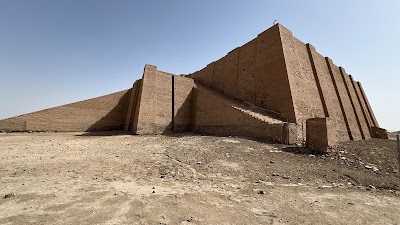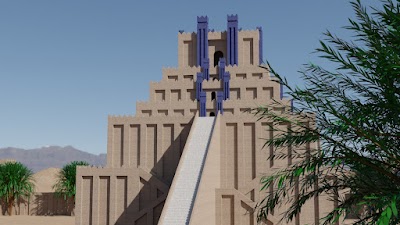The Processional Way (الطريق الاحتفالي)
Overview
The Processional Way in Babylon, Iraq, is an awe-inspiring ancient pathway that encapsulates the grandeur of Mesopotamian civilization. This historic thoroughfare once served as the ceremonial heart of Babylon, designed for majestic processions that celebrated the power of Babylonian kings and their revered patron deity, Marduk. As you walk along this path, you'll be transported back in time, experiencing a glimpse of the splendor that defined this remarkable city.
Constructed around the 6th century BCE during the reign of Nebuchadnezzar II, the Processional Way played a central role in the grand annual New Year Festival, known as Akitu. This vibrant celebration marked the triumph of Marduk and featured the parade of divine statues from various temples. Leading the procession were the king and prominent priests, signifying the divine endorsement of the king's rule and the city's prominence. It was a time of festivity, ritual, and a demonstration of the deep spiritual connection between the people and their gods.
One of the most captivating aspects of the Processional Way is its decorative elements. The pathway was flanked by towering walls adorned with vibrant relief bricks, showcasing intricate images of dragons and aurochs—symbols of Marduk and the god Adad, respectively. These beautifully crafted glazed bricks reflect the artistic and technological prowess of the Babylonians, designed to inspire awe in all who traversed this grand avenue.
As you explore, you cannot miss the magnificent Ishtar Gate, the main entrance to the inner city of Babylon. Named after the goddess Ishtar, this imposing structure features vividly colored tiles depicting lions, dragons, and bulls—each representing different deities and embodying the protective spirit of Babylon. The gate stands as a testament to the city's grandeur and has been partially reconstructed for display in the Pergamon Museum in Berlin, allowing visitors worldwide to appreciate its beauty.
The engineering behind the Processional Way is equally remarkable. Constructed with large limestone slabs meticulously laid for durability, the path also boasted an advanced drainage system designed to prevent flooding and erosion. This ingenuity highlights the sophistication of Babylonian urban planning and their understanding of infrastructure needs.
Recent archaeological studies reveal that the entire processional route may extend up to 250 meters in length and 20 meters in width, making it one of the largest and most impressive thoroughfares of its time. The path leads from the outer city, through the Ishtar Gate, and into the sacred precincts, symbolically connecting the everyday life of the city with the divine rituals performed within the temples.
For foreign tourists venturing to the Processional Way today, this ancient path presents a unique opportunity to walk in the footsteps of Babylonian royalty and priests, immersing yourself in a fragment of the city's historic splendor. While much of ancient Babylon has been ravaged by time and conflict, ongoing preservation efforts and archaeological research continue to protect and illuminate this invaluable cultural heritage.
In conclusion, the Processional Way of Babylon is not merely an iconic remnant of ancient Mesopotamian civilization; it is a powerful reminder of human creativity and religious devotion. It invites visitors to delve into the rich tapestry of history, appreciating the cultural and historical nuances of a city that once stood at the pinnacle of human achievement. Whether you are a history enthusiast, an archaeology buff, or simply a curious traveler, the Processional Way promises a profound connection to the past and an unforgettable experience in the heart of ancient Babylon.






